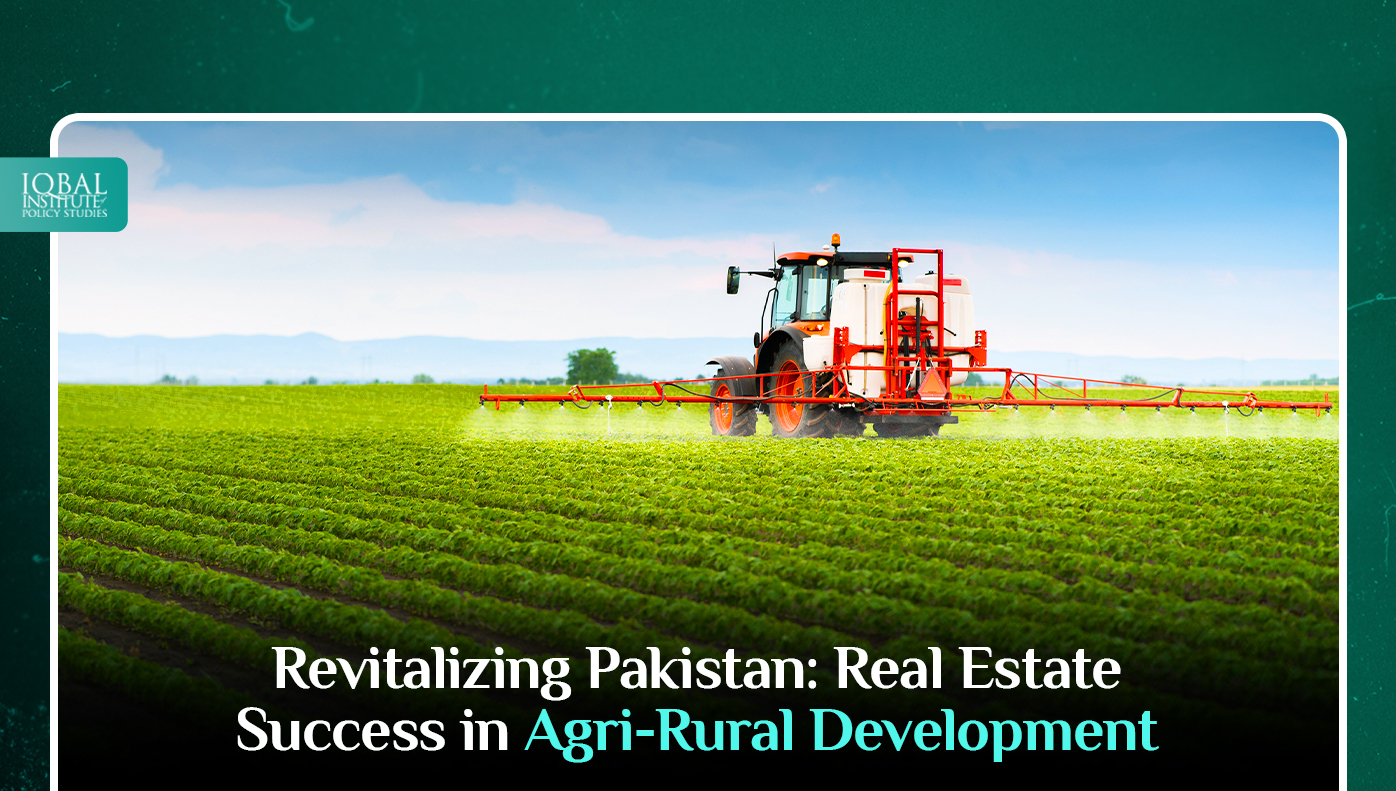Pakistan’s diverse landscapes and agricultural potential offer a unique canvas for real estate developers to create sustainable and integrated projects that combine agriculture and rural development. In this blog, we will delve into in-depth case studies of successful real estate ventures in Pakistan that have effectively merged agriculture with rural development, shedding light on the best practices and valuable lessons learned along the way.
DHA City, Lahore: A Vision of Green Living
Located on the outskirts of Lahore, the Defense Housing Authority (DHA) City is a prime example of a real estate project that seamlessly integrates agriculture with modern living. This community incorporates vast green spaces and parks while also dedicating a significant portion of its land to agricultural use. Residents enjoy lush green surroundings and have the opportunity to engage in sustainable farming practices.
Urban planning that prioritizes green spaces enhances the quality of life. Dedicating land to agriculture within the community promotes sustainability. Involving residents in farming activities fosters a sense of community.
Bahria Town, Karachi: Orchards of Opulence
Bahria Town in Karachi has set a benchmark for luxury living intertwined with agriculture. This mega-project incorporates fruit orchards into its residential neighborhoods, allowing residents to enjoy fresh produce right from their own gardens. These orchards not only add aesthetic appeal but also contribute to environmental conservation.
Fruit orchards within residential areas offer a unique blend of luxury and sustainability. Sustainable landscaping practices contribute to environmental preservation. Residents benefit from access to fresh, homegrown produce.
Ravi City, Lahore: The Agro-Economic Hub
Ravi City, an ambitious development project near Lahore, aims to transform thousands of acres of underutilized land into a thriving agro-economic hub. The project focuses on reinvigorating the region’s agricultural sector by providing state-of-the-art infrastructure, facilitating efficient irrigation systems, and promoting modern farming techniques.
Infrastructure development in rural areas can boost agricultural productivity. Efficient irrigation systems and modern farming techniques improve yields. Rural development can stimulate economic growth in surrounding regions.
Gwadar Golf City, Balochistan: Balancing Tourism and Farming
In Balochistan, Gwadar Golf City is a project that successfully combines tourism and agriculture. Nestled along the Arabian Sea coast, this development integrates golf courses, luxury resorts, and scenic landscapes with agricultural endeavors.
Combining agriculture with tourism can create a multifaceted destination. Diversifying income sources mitigates economic risks. Coastal regions offer unique opportunities for combining agriculture and real estate.
Conclusion
These case studies from Pakistan highlight the potential of real estate to drive agricultural growth and rural development. By incorporating agriculture into their projects, these developers have not only enhanced the quality of life for residents but have also contributed to sustainable, eco-friendly living. These projects demonstrate that urban planning that prioritizes green spaces enhances the quality of life and well-being of residents. By dedicating land to agriculture within the community, they promote sustainability and ensure a greener future for generations to come. Moreover, involving residents in farming activities fosters a sense of community, creating vibrant and engaged neighborhoods.
Incorporating fruit orchards within residential areas, as seen in Bahria Town Karachi, not only adds a touch of luxury but also promotes sustainable landscaping practices. This contributes to environmental preservation and helps residents access fresh, homegrown produce, emphasizing the importance of locally sourced and healthy food. The ambitious Ravi City project near Lahore demonstrates how infrastructure development in rural areas can boost agricultural productivity. Efficient irrigation systems and the promotion of modern farming techniques have led to increased yields, ensuring food security and economic growth in the region. Rural development, when carefully planned, can stimulate economic growth, create job opportunities, and improve the overall well-being of rural communities. In coastal regions like Balochistan, projects such as Gwadar Golf City showcase the potential of combining agriculture with tourism. This multifaceted approach not only attracts tourists but also diversifies income sources, reducing economic risks associated with dependency on a single industry. Coastal regions offer unique opportunities for such combinations, blending the natural beauty of the coast with sustainable farming practices.
As Pakistan continues to evolve, these examples provide valuable insights into the possibilities of merging agriculture and real estate for a brighter and greener future. These case studies demonstrate that, with careful planning and a commitment to sustainable practices, real estate can play a pivotal role in driving agricultural growth, rural development, and overall prosperity.
This article is written by Maha Nazami. Maha is a research analyst at the Iqbal Institute of Policy Studies (IIPS).



Leave a Reply